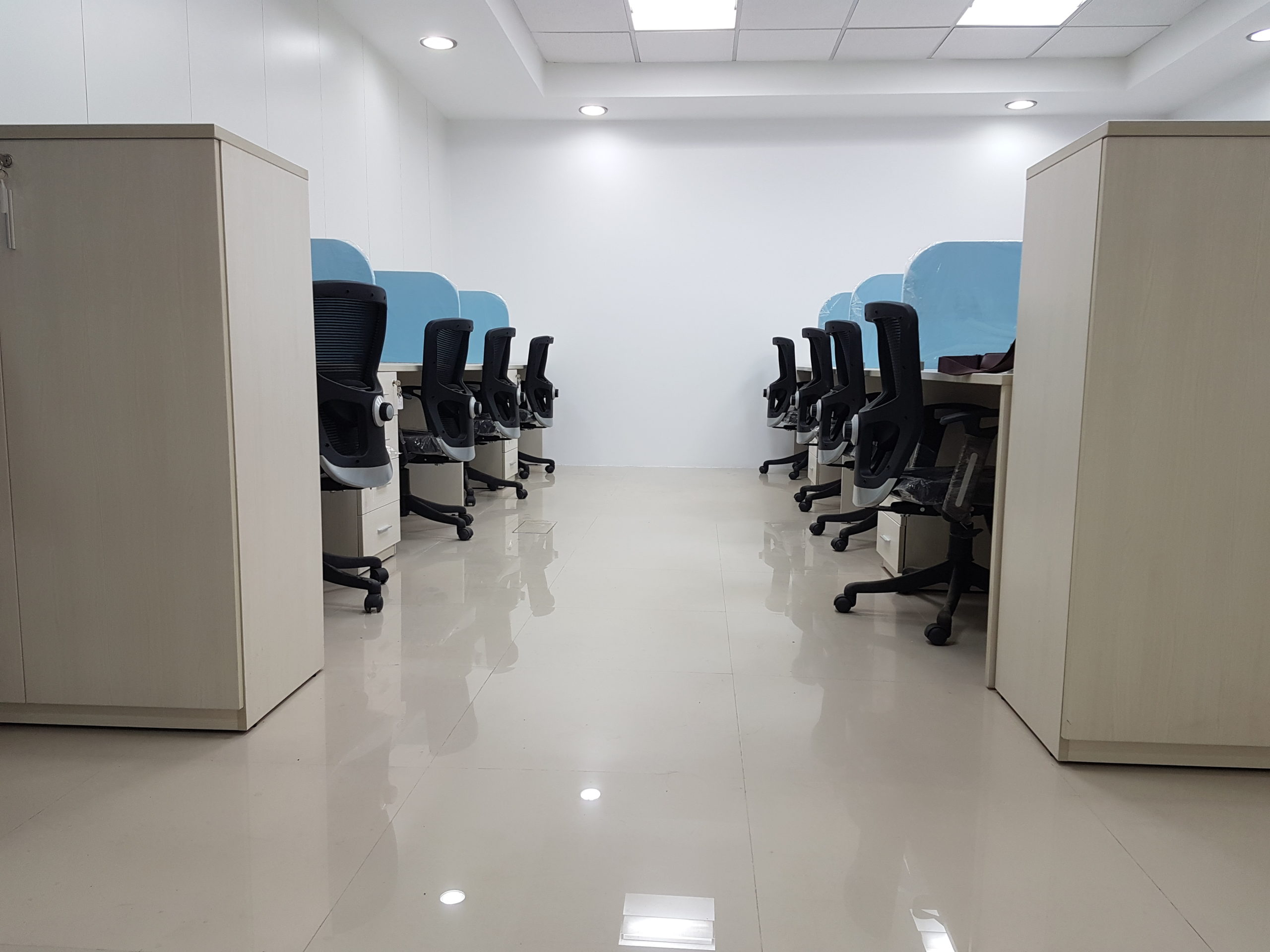Overcoming Office Design Challenges: Solutions for a Productive Workspace
In the ever-evolving landscape of modern workplaces, designing an office that effectively supports productivity and fosters a positive work environment is crucial. However, numerous challenges often stand in the way of achieving this goal. From poor space utilization to a lack of reflection areas, each obstacle requires a tailored solution to ensure that employees thrive in their workspace. Let’s delve into some common office design problems and explore effective strategies to overcome them.
Problem 1: Poor Space Utilization
Inefficient use of office space can hinder workflow and diminish employee satisfaction. Whether due to overcrowding or a lack of diverse work settings, addressing this issue is essential for optimizing productivity.
Solution: Workplace Consultancy and Space Analysis
Conducting a comprehensive workplace consultancy and space analysis is the first step towards rectifying poor space utilization. By evaluating current occupancy levels and work patterns, businesses can determine the optimal amount of space required. Additionally, leveraging data-driven insights enables informed decisions regarding space allocation and layout, minimizing wasted resources.
Problem 2: Noisy Open Plan Spaces
While open-plan offices promote collaboration, excessive noise levels can impede concentration and productivity. Finding a balance between fostering teamwork and providing quiet spaces is imperative.
Solution: Office Layout and Adjacency Planning
Implementing acoustic treatments and noise-reducing features within open-plan spaces helps mitigate disruptive sounds. Strategic office layout planning, based on team dynamics and work requirements, ensures that employees have access to both collaborative areas and secluded spaces for focused work. Moreover, incorporating designated zones for video calls minimizes disturbances and enhances communication efficiency.
Problem 3: Lack of Reflection Spaces and Quiet Areas
In today’s fast-paced work environment, employees often require moments of solitude for reflection and rejuvenation. However, the absence of dedicated quiet areas can lead to heightened stress levels and reduced well-being.
Solution: Dedicated Sanctuary Spaces
Creating designated reflection spaces, such as prayer rooms or mindfulness areas, provides employees with the opportunity to decompress and recharge amidst their busy schedules. These sanctuary spaces should cater to diverse needs, incorporating elements like ambient lighting and comfortable seating to accommodate varying preferences. Embracing inclusivity ensures that all employees feel supported and valued within the workplace.
Problem 4: Lack of Culture and Community
A workplace devoid of a strong sense of culture and community can result in disengagement and hinder employee retention. Cultivating a vibrant and cohesive work environment is essential for fostering collaboration and driving organizational success.
Solution: Integrate Your Identity with Your Office
Aligning office design with company values and culture reinforces a shared sense of purpose among employees. By incorporating elements that reflect core values and facilitate social interaction, businesses can nurture a thriving community within the workplace. Whether through hosting events or creating inviting communal spaces, prioritizing cultural integration enhances employee morale and strengthens organizational cohesion.
Problem 5: Not Enough Workspaces
With the rise of remote and agile working practices, traditional desk-centric setups may no longer meet the needs of modern employees. Balancing flexibility with resource optimization is crucial for accommodating varying work styles and preferences.
Solution: Enable Agility
Adopting an agile working model allows organizations to optimize space utilization while empowering employees to choose their preferred work settings. Implementing desk booking software and establishing touch-down areas facilitate seamless transitions between remote and office-based work. Embracing flexibility not only enhances productivity but also fosters a dynamic and adaptive workplace culture.
In conclusion, addressing office design challenges requires a tailored approach that prioritizes employee well-being, collaboration, and adaptability. By leveraging innovative solutions and embracing a user-centric design philosophy, businesses can create an inspiring and productive workspace that supports their evolving needs and aspirations. Engaging with workplace design experts can provide valuable insights and guidance throughout the design process, ensuring that every aspect of the office environment contributes to organizational success.

